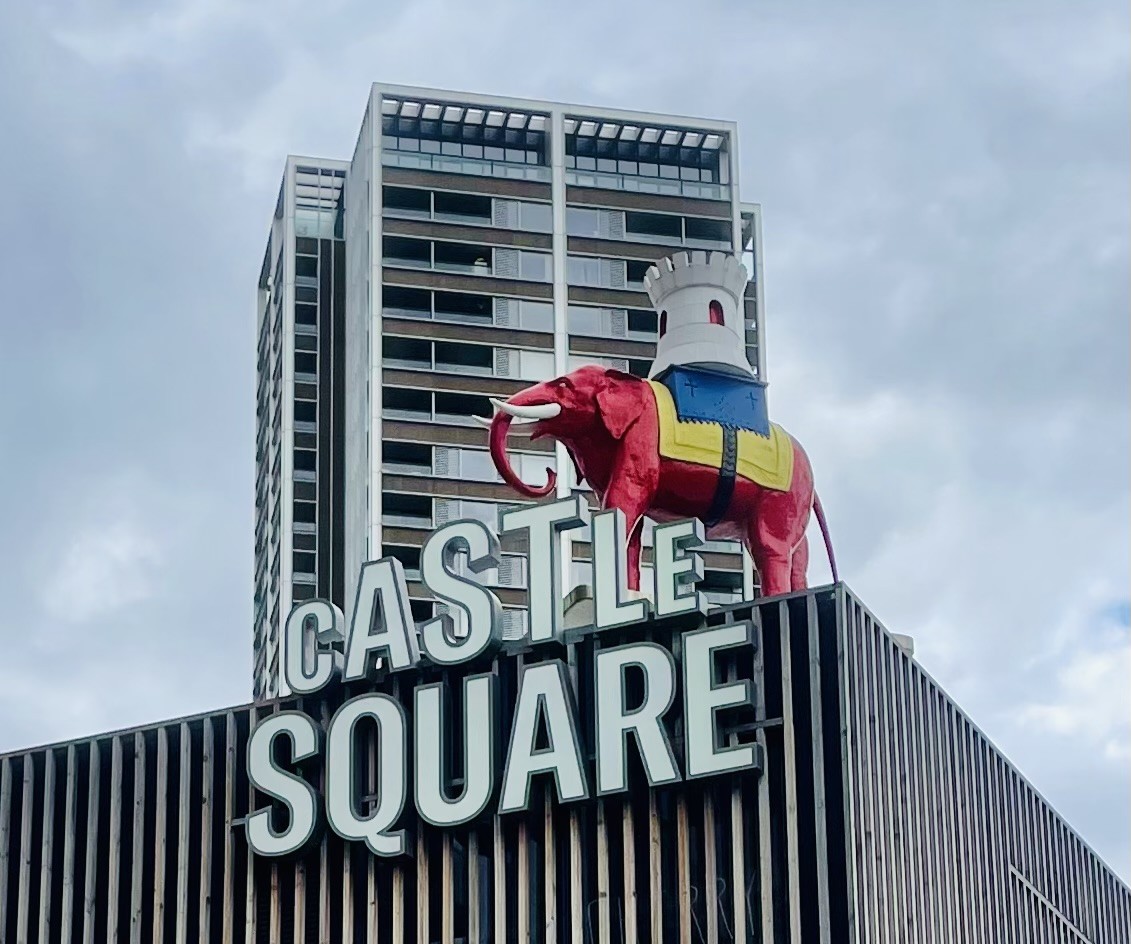- news
Monday, 30th June 2025
"We want development. But we want the right kind."

This is the key message from Southwark Law Centre’s new Planning Voice evaluation report, launched on Thursday, 5th June.
Planning Voice was set up in 2017, a response to undemocratic development practices affecting the Law Centre’s local community in South London.
What is happening in Southwark?
Southwark has undergone significant change over the past decade. Recent analysis from Trust for London finds it to be one of the city’s most gentrified areas. It is among those that have seen:
Average incomes increase by 11% (compared to 1% for the rest of London)
A 5% drop in the proportion of households living in socially rented council housing
A 2% drop in the Black population
An indication of fewer families, or families raising fewer children: in Southwark, there were 32% fewer primary school applications in 2024/25 than ten years earlier
What forces are at play?
Southwark is historically an area with a significant amount of council housing. It was home to some of the largest housing estates in Europe, including the Heygate Estate (demolished), and the now largely decanted Aylesbury Estate. Between 1994 and 2023, Southwark saw a loss of 18,000 council homes. So, what is coming in their place?
As a central London borough, Southwark has extremely high property prices, and there is a great deal of competition for building sites if they become available. In new developments, private developers have failed to deliver enough family housing to meet local need (and policy targets), opting instead for smaller units in pursuit of increased profits. It's a trend that is playing out across the rest of London: a report published by Public Interest Law Centre found that estate regeneration projects that feature demolition routinely underproduce truly affordable housing.
New developments have also pushed up private rents and rents for local businesses. The result is that Southwark has become increasingly unaffordable for existing residents, and some people have been forced out of the borough altogether.

How has Southwark Law Centre responded?
The Law Centre takes direct legal action in specific cases where planners act unlawfully. Alongside this, the Law Centre contributes legal expertise to a range of local campaign and community groups, provides training, and promotes public engagement with planning.
As Southwark Law Centre planning solicitor, Jed Holloway, puts it:
“These things are being dropped in their lap. But by working with grassroots community groups, we help people understand what’s happening and how they can speak up. We help them frame concerns in the relevant language, and follow up with legal recourse when needed."
Here are some of the project's recent achievements:
35% Campaign
The Law Centre works with the 35% Campaign to ensure new developments meet Southwark Council’s minimum policy requirement of 35% affordable housing. Together, they have introduced a monitoring process for affordable housing in the borough.
Borough Triangle
Mercato Metropolitano is a popular food hall in South London where market traders from diverse cultures and ethnic backgrounds have independent food businesses. Mercato Metropolitano sits on the Borough Triangle site and is set to be demolished because developers plan to build 900 flats.
With the future of the market traders at risk, the Law Centre stepped in to secure an enhanced relocation package, with expanded consultation. Additionally, the Law Centre has negotiated increased social housing provision in the planning application.
Assets of Community Value
The Law Centre is helping to protect the status of community assets. One such asset is Peckham Levels, a former multi-storey carpark that has been transformed into a hospitality venue with studio spaces for local businesses and organisations.
The Law Centre supported campaigners to re-secure Peckham Levels as an Asset of Community Value, and is fighting to secure the same status for Peckham Rye station's Old Waiting Room.
Power to the community
Southwark Law Centre's planning law work is not about stopping development or resistance to change. It is about putting the community at the centre of planning, giving it a say over the future of its housing, businesses and surroundings while reflecting need and protecting equalities. It aims to stop the injustices of gentrification, namely, poverty and displacement.
Southwark Law Centre and Public Interest Law Centre (PILC) are leading the charge among Law Centres in planning law. Both are based in London, but the same injustices of gentrification are taking place across the UK. In fact, PILC has expanded its work beyond London, which has included supporting the Block the Block campaign in Greater Manchester.
We look forward to sharing updates from Law Centre planning law work as is it progresses.
Read: "We want development. But we want the right kind"
For media enquires, please contact media@lawcentres.org.uk
Latest News
Friday, 21st November 2025
Navigating Uncertainty: our latest annual review is outMonday, 10th November 2025
Remembering Sir Geoffrey BindmanWednesday, 10th September 2025
Access to justice for victims of crime with low proficiency in English: progress, challenges and lessons learned
Stay in the loop
Sign up for our monthly newsletter to stay in the loop